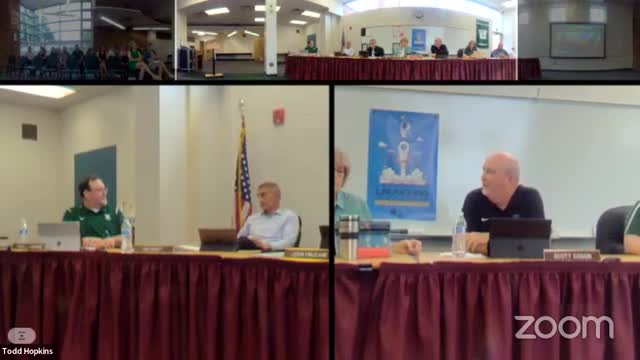Transportation challenges spark debate over electric buses
June 29, 2024 | Westlake City Schools, School Districts, Ohio

This article was created by AI summarizing key points discussed. AI makes mistakes, so for full details and context, please refer to the video of the full meeting. Please report any errors so we can fix them. Report an error »

During a recent government meeting, officials discussed the potential transition to electric vehicles for school transportation, weighing the benefits and challenges associated with such a shift. Concerns were raised about the practicality of using electric buses for athletic trips, particularly given the need for charging stations on longer journeys, such as those to Cincinnati. The harsh winter conditions in Northeast Ohio were also highlighted, with one official noting a significant decrease in battery performance during colder months.
The discussion revealed that the cost of electric buses remains a significant barrier, with estimates indicating that they are nearly twice as expensive as conventional buses. As a result, officials indicated that a recommendation for electrification is not forthcoming at this time.
In addition to the electric vehicle discussion, the meeting addressed the issue of transportation deemed impractical for certain private school students. Under current law, the district is required to provide transportation for students attending private schools within a 30-minute radius of their home school. However, officials noted that if only a small number of students require transportation to a particular school, it may not be feasible to provide a dedicated bus route. The board was presented with a list of schools and students for whom transportation is being deemed impractical, based on factors such as the number of pupils and the costs associated with providing transportation.
Overall, the meeting underscored the complexities involved in school transportation planning, particularly in the context of evolving vehicle technology and budgetary constraints.
The discussion revealed that the cost of electric buses remains a significant barrier, with estimates indicating that they are nearly twice as expensive as conventional buses. As a result, officials indicated that a recommendation for electrification is not forthcoming at this time.
In addition to the electric vehicle discussion, the meeting addressed the issue of transportation deemed impractical for certain private school students. Under current law, the district is required to provide transportation for students attending private schools within a 30-minute radius of their home school. However, officials noted that if only a small number of students require transportation to a particular school, it may not be feasible to provide a dedicated bus route. The board was presented with a list of schools and students for whom transportation is being deemed impractical, based on factors such as the number of pupils and the costs associated with providing transportation.
Overall, the meeting underscored the complexities involved in school transportation planning, particularly in the context of evolving vehicle technology and budgetary constraints.
View full meeting
This article is based on a recent meeting—watch the full video and explore the complete transcript for deeper insights into the discussion.
View full meeting
